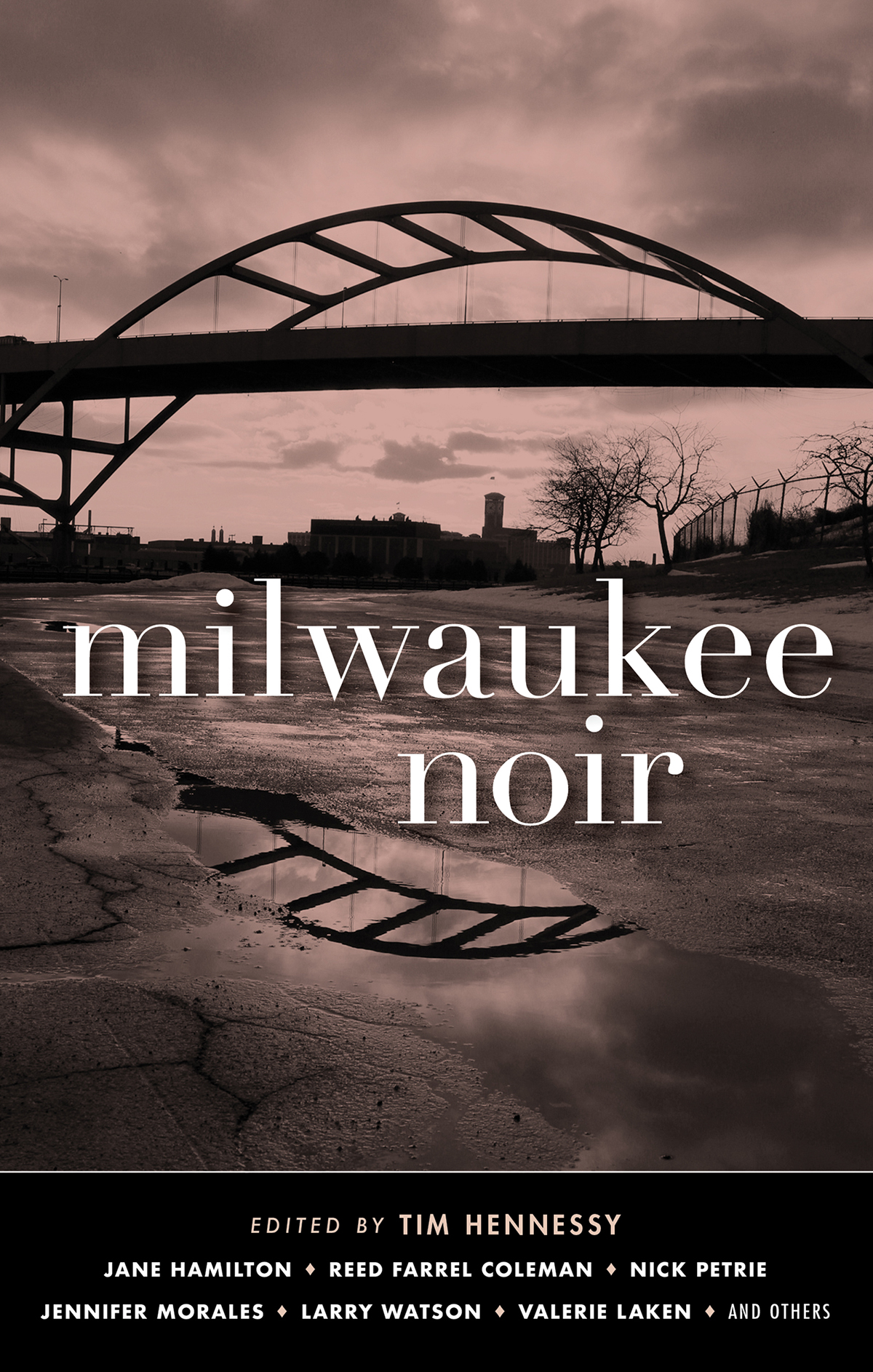
Milwaukee Noir
Akashic Noir
کتاب های مرتبط
- اطلاعات
- نقد و بررسی
- دیدگاه کاربران
نقد و بررسی

March 11, 2019
Milwaukee bookseller and writer Hennessy does justice to the harsher aspects of his hometown in this fine anthology, which demolishes what he calls “the romanticized nostalgia that Happy Days and Laverne & Shirley created of Milwaukee.” The 14 contributors show that violence is not a prerequisite to crafting a haunting depiction of despair. The volume’s standout, Matthew J. Prigge’s “3rd Street Waltz,” about the last days of a decrepit porn theater, barely involves crime at all. By making the theater’s closure a business decision by an amoral heir to the family real estate business, Prigge conveys the crushed spirits resulting from inner-city neglect without moralizing. Reed Farrel Coleman is typically on-point with a memorable revenge tale, “Summerfest ’76,” featuring a once unresponsive bystander to anti-Semitism. Nick Petrie’s moody “The Neighbor” charts the feelings of a man who meticulously cares for his lawn about his neighbor who does the opposite. The selections make the different neighborhoods, seedy or otherwise, come to life, even for those who have never set foot in them. This is one of the better entries in Akashic’s noir series.

March 1, 2019
Fourteen free-wheeling stories document the grit and glory of Milwaukee.Editor Hennessy acknowledges that in the midst of growing gentrification, Milwaukee remains "among the most segregated and impoverished big cities in the country." Many of his entries document that legacy with anger and sadness. Vida Cross' "All Dressed in Red" and Derrick Harriell's "There's a Riot Goin' On" show the ugliness that flares up when people try to cross the borders created by a generation of redlining. In Frank Wheeler Jr.'s "Transit Complaint Box," a veteran transit cop teaches a rookie what it means to be a racist. Youngsters develop strategies to deal with a trauma at an integrated public school in James E. Causey's "The Clem." Matthew J. Prigge shows what happens to a neighborhood when the money moves on in "3rd Street Waltz." A young thief makes a shocking discovery in Valerie Laken's heartbreaking "Runoff." Other stories show the dark side of revitalization. A middle-class couple copes with the disappearance of their child in Mary Thorson's "Wonderland." A Brooklyn visitor's relationship with a young local woman turns ugly in Reed Farrel Coleman's "Summerfest '76." In "Friendship," Jane Hamilton shows the unexpected consequences of a New York couple's move to a historic Milwaukee town house. And not one but two stories document the perils of lawn care: Christi Clancy's "'Mocking Season" and Nick Petrie's "The Neighbor."A nod to Milwaukee's blue-collar heritage, a frank look at racial disharmony, and a peek at the future make Hennessy's collection a find for fans of urban noir.
COPYRIGHT(2019) Kirkus Reviews, ALL RIGHTS RESERVED.

April 1, 2019
There's nothing positive nor uplifting about Milwaukee if these stories are any indication. However, that's the point of noir, to illustrate the gritty, bleak side of life. The violent, dark stories in this anthology fit the bill perfectly with the intention, as editor Hennessy writes, to be social commentary. With a map to illustrate the location of each selection, the collection points to the setting of each disturbing story or crime. Tales by Jane Hamilton and Christi Clancy stand out, evidence that ordinary people can get swept up in hatred, even if they did not start out living with violence, drunkenness, or poverty. VERDICT While the male authors featured, such as Reed Farrel Coleman, may turn to violence as a solution to problems, many of the female writers use more subtle methods. That quieter savagery is bleaker and more haunting in this anthology.--Lesa Holstine, Evansville Vanderburgh P.L., IN
Copyright 2019 Library Journal, LLC Used with permission.

























دیدگاه کاربران